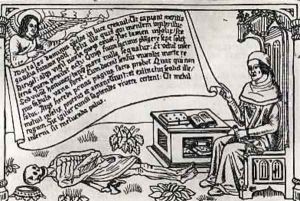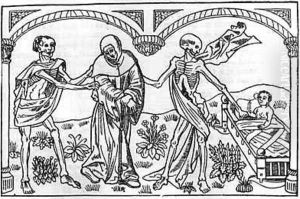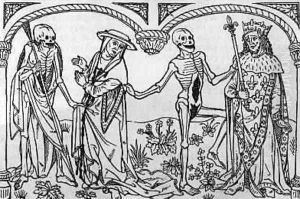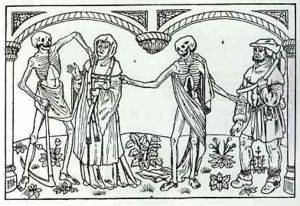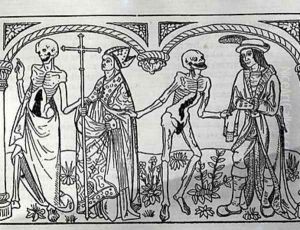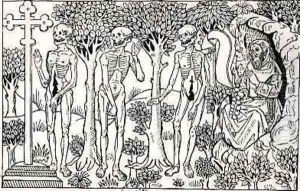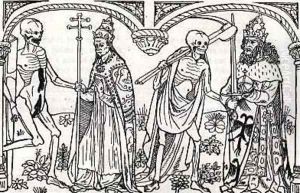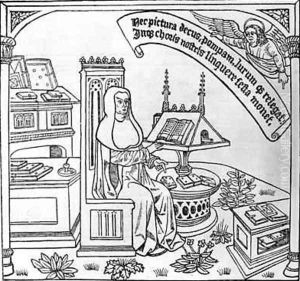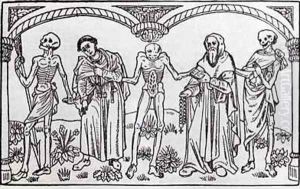Guy Marchant Paintings
Guy Marchant was a noted French printer and bookseller during the late 15th century, active primarily in Paris. His exact birth and death dates are not well documented, but he is believed to have been born in the 1430s and to have died sometime in the early 1500s. Marchant was a significant figure in the early years of printing in France, having been influenced by the pioneering work of Johann Gutenberg, who invented movable type printing in the mid-15th century.
Marchant's career as a printer began to flourish around the 1480s. He is best known for his editions of the 'Danse Macabre' or 'Dance of Death', a popular medieval theme that reflected on the universality of death and the need for a virtuous life. His editions of 'Danse Macabre' were widely disseminated and included woodcut illustrations that were remarkable for their time. Marchant's work is characterized by its attention to detail, clear type, and the incorporation of illustrations to convey themes and narratives.
Aside from 'Danse Macabre', Marchant produced a variety of other works, including religious texts, classical literature, and legal manuals, contributing to the spread of knowledge and literacy in the Renaissance period. He operated out of a shop called 'The Sign of the Golden Sun' in Paris, which became a hub for intellectual and literary activity. Marchant's legacy is also tied to the typographical innovations he introduced, such as the use of different typefaces and layouts, which had a lasting impact on the aesthetics of printed books and the publishing industry in France.
Despite the importance of his work, many details of Marchant's life are obscure, and there is limited biographical information available. What is known about his professional life comes from the colophons of books he printed and from the records of the book trade during his era. Marchant's contributions to the art of printing established him as one of the prominent early printers in Europe, and his works are still studied by bibliophiles, art historians, and scholars interested in the history of the book and print culture.
